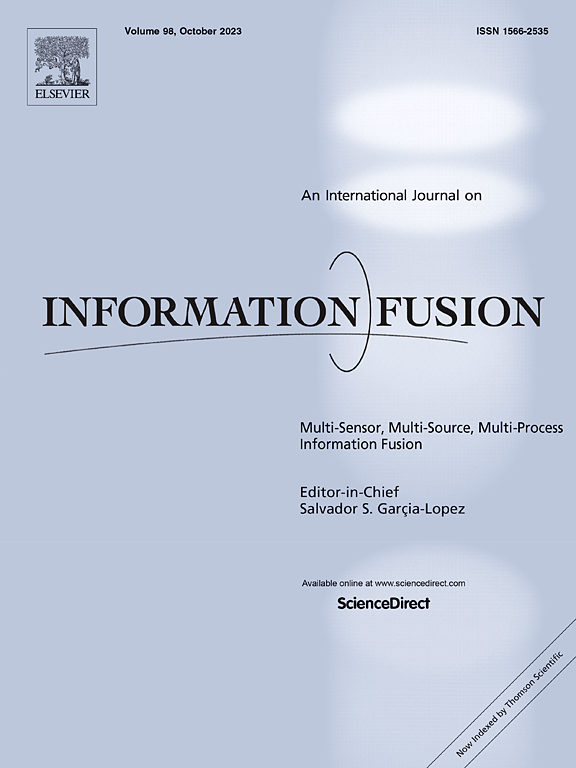Machine learning for modelling unstructured grid data in computational physics: A review
IF 14.7
1区 计算机科学
Q1 COMPUTER SCIENCE, ARTIFICIAL INTELLIGENCE
引用次数: 0
Abstract
Unstructured grid data are essential for modelling complex geometries and dynamics in computational physics. Yet, their inherent irregularity presents significant challenges for conventional machine learning (ML) techniques. This paper provides a comprehensive review of advanced ML methodologies designed to handle unstructured grid data in high-dimensional dynamical systems. Key approaches discussed include graph neural networks, transformer models with spatial attention mechanisms, interpolation-integrated ML methods, and meshless techniques such as physics-informed neural networks. These methodologies have proven effective across diverse fields, including fluid dynamics and environmental simulations. This review is intended as a guidebook for computational scientists seeking to apply ML approaches to unstructured grid data in their domains, as well as for ML researchers looking to address challenges in computational physics. It places special focus on how ML methods can overcome the inherent limitations of traditional numerical techniques and, conversely, how insights from computational physics can inform ML development. For this purpose, we mainly focus in this review on recent papers from the past decade that reflect strong interactions between computational physics and deep learning methods. To support benchmarking, this review also provides a summary of open-access datasets of unstructured grid data in computational physics. Finally, emerging directions such as generative models with unstructured data, reinforcement learning for mesh generation, and hybrid physics-data-driven paradigms are discussed to inspire future advancements in this evolving field.
计算物理中非结构化网格数据建模的机器学习:综述
在计算物理中,非结构化网格数据对于复杂几何和动力学建模是必不可少的。然而,它们固有的不规则性对传统的机器学习(ML)技术提出了重大挑战。本文提供了高级机器学习方法的全面审查,旨在处理高维动态系统中的非结构化网格数据。讨论的主要方法包括图神经网络、具有空间注意机制的变压器模型、插值集成的ML方法和无网格技术,如物理信息神经网络。这些方法已被证明在不同的领域是有效的,包括流体动力学和环境模拟。本综述旨在为寻求将ML方法应用于其领域中的非结构化网格数据的计算科学家以及寻求解决计算物理挑战的ML研究人员提供指南。它特别关注机器学习方法如何克服传统数值技术的固有局限性,反过来,计算物理学的见解如何为机器学习开发提供信息。为此,我们在这篇综述中主要关注过去十年来反映计算物理和深度学习方法之间强烈相互作用的最新论文。为了支持基准测试,本综述还提供了计算物理学中开放获取的非结构化网格数据集的摘要。最后,讨论了新兴方向,如具有非结构化数据的生成模型,网格生成的强化学习和混合物理-数据驱动范式,以激发这一不断发展的领域的未来进步。
本文章由计算机程序翻译,如有差异,请以英文原文为准。
求助全文
约1分钟内获得全文
求助全文
来源期刊

Information Fusion
工程技术-计算机:理论方法
CiteScore
33.20
自引率
4.30%
发文量
161
审稿时长
7.9 months
期刊介绍:
Information Fusion serves as a central platform for showcasing advancements in multi-sensor, multi-source, multi-process information fusion, fostering collaboration among diverse disciplines driving its progress. It is the leading outlet for sharing research and development in this field, focusing on architectures, algorithms, and applications. Papers dealing with fundamental theoretical analyses as well as those demonstrating their application to real-world problems will be welcome.
 求助内容:
求助内容: 应助结果提醒方式:
应助结果提醒方式:


